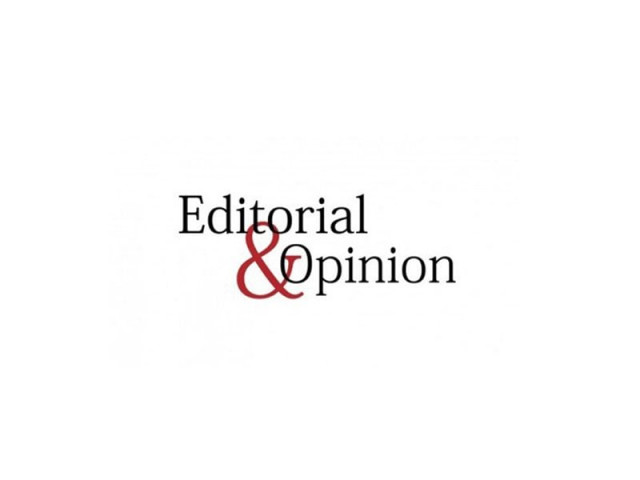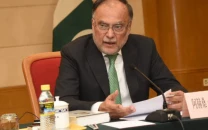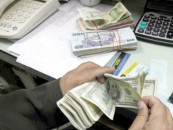Walking the money tightrope
The rupee weakens to a record intra-day trading low of Rs144 to the dollar

Cumulatively, the rupee has dropped 36.5%, or Rs38.5, in the last 11 months. The latest depreciation comes as the central bank is expected to increase the benchmark interest rate by a percentage point to 9.5%.
The foreign currency reserves continued to stand near and around the recent four-year low at $8.06 billion as of November 23, 2018, despite the fact that Saudi Arabia has parked $1 billion in the reserves. Meanwhile, the SBP figures for the government’s debt for July-September 2018 quarter show that it has increased to Rs24.73 trillion, a net addition of Rs520 billion from July through September. The overall increase in the central government debt was in line with the budget deficit recorded in the first quarter of the fiscal year 2018-19.
The depreciations and rise in borrowing come at a time when the government is trying to negotiate a bailout package from the IMF worth $6-12 billion. The depreciation and the extensive borrowing, though, are on the opposite ends of the negotiations. The IMF recently conditioned Pakistan to devalue its rupee to Rs145-150 to the greenback, to avoid default on international payments.
On the other hand, the IMF would like to see a drastic reduction in debt stock of the central bank, in case both sides agree on a bailout programme. At this point, the government should probably brace itself for more desperate, drastic measures to keep the economy afloat and secure the IMF bailout. Going forward, it could do well with breaking off from the policies followed by past regimes to reduce its short-term domestic debt profile.
Published in The Express Tribune, December 1st, 2018.
Like Opinion & Editorial on Facebook, follow @ETOpEd on Twitter to receive all updates on all our daily pieces.














COMMENTS
Comments are moderated and generally will be posted if they are on-topic and not abusive.
For more information, please see our Comments FAQ